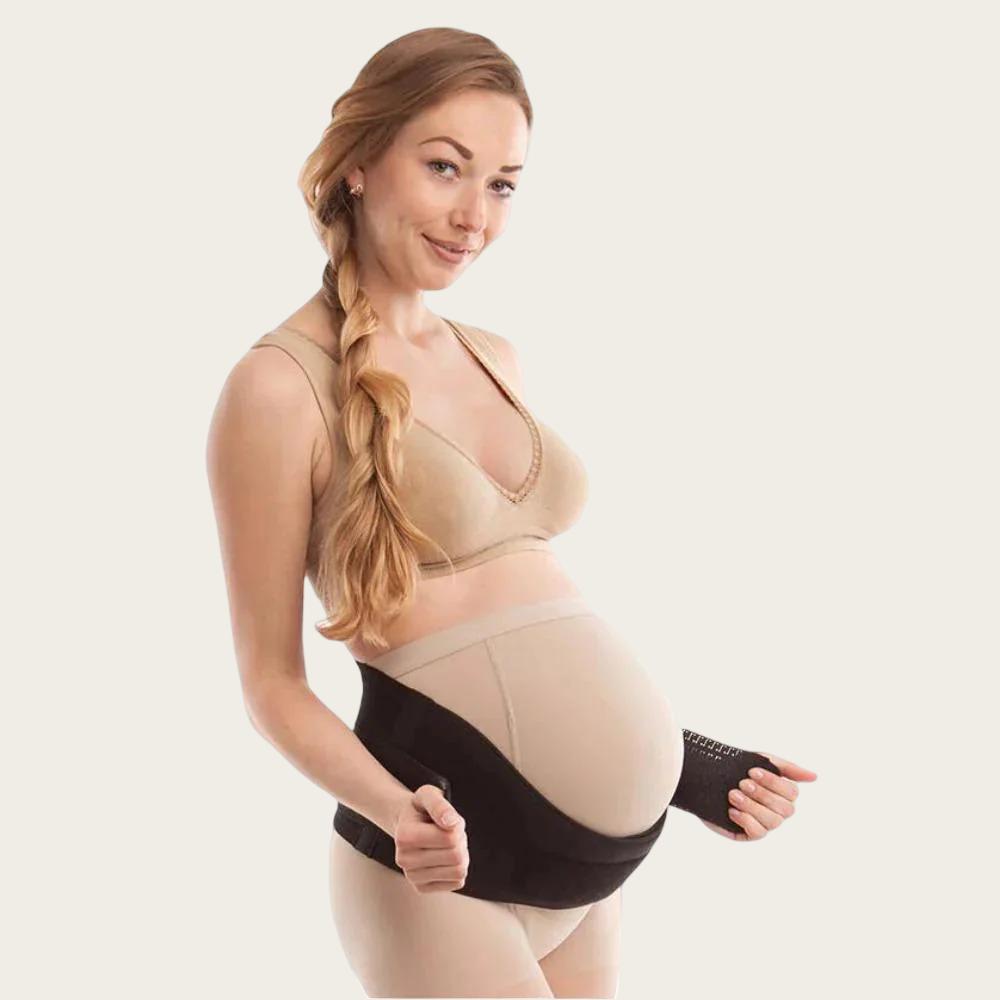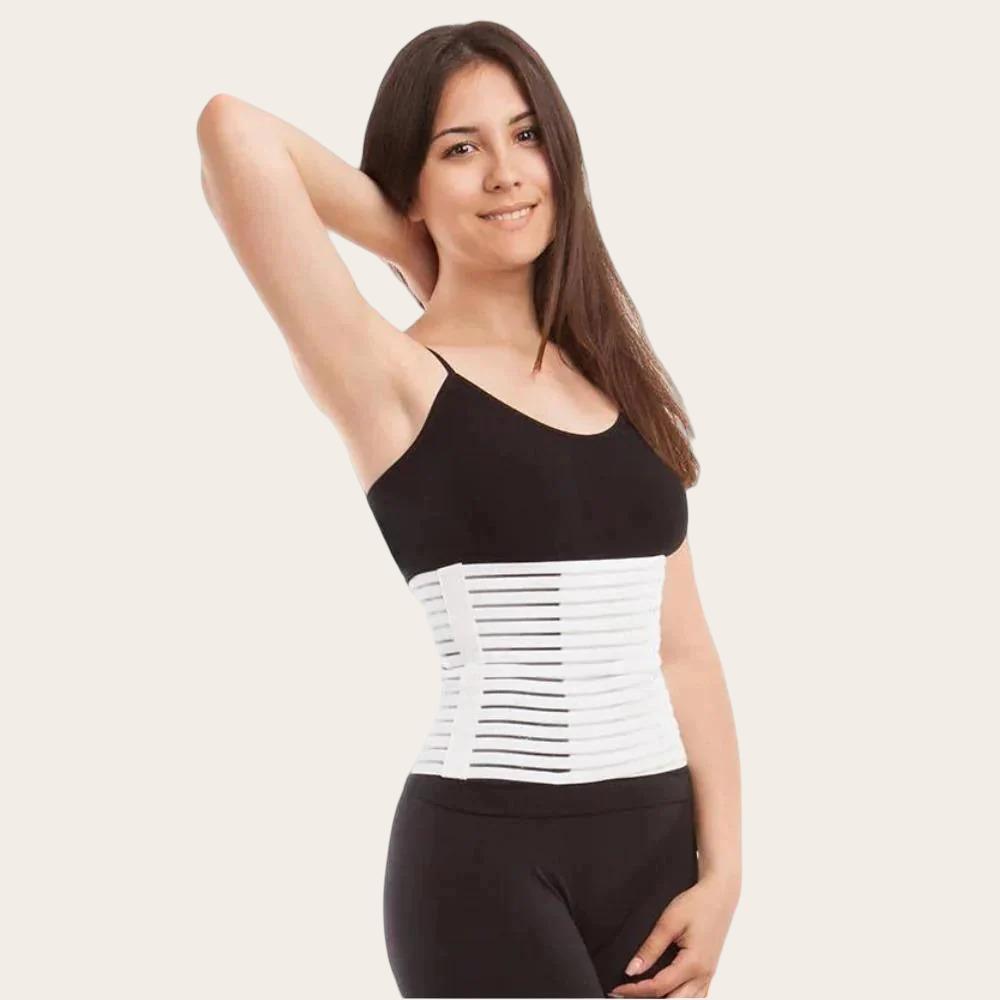What Postpartum Recovery is Really Like
Welcome to your new life as a mom! Now that the exhausting nine months of pregnancy are thing of the past and you’re finally saying goodbye to that morning sickness, it’s time to loosen up. But as you’re getting used to not carrying a child anymore, you’re highly likely to be faced with some postpartum symptoms. Pregnancy can be tough on the body but the weeks after delivery can be as fatiguing as the pregnancy itself.
What is postpartum recovery?
The first six weeks after giving birth are known as the postpartum recovery period. Apart from being a merry time for every mother, it’s also a time of adjustment and healing. These postpartum symptoms are only temporary and will gradually subside within a week. There are some symptoms that will linger on for a few weeks, including back pain and sore nipples, and then there are some that will fade away within a longer period of time, including leaky breasts. What is vital to remember is that although you’ll be spending most of your time carrying about your newborn, take the time to care for your own health as well. The more you take care of your well-being, the more you’re able to care for your little one.
What can I expect during my postpartum recovery period?
During the first days and weeks after the delivery of the baby, your body will go through changes as it’ll be returning to its non-pregnant state. Postpartum changes vary from woman to woman, but the most common changes include:
- Contractions (also called after pains). They are caused by involuntary contractions and usually last for two to three days after childbirth.
- Postpartum bleeding or lochia that might last for 2 to 4 weeks and can come and go over the period of 2 months.
- Sore muscles in the arms, neck and jaw. This soreness usually fades away in a few days.
- Tenderness and irritation in your perineal area. The recovery time from discomfort in your perineal area varies and depends on your method of delivery and on the person.
- Numbness around the C-section incision. You might experience soreness in your lower belly and may need pain medicine.
- Breast engorgement. This is common when the breasts begin to fill with milk, taking place on the third and fourth days after delivery. It may cause swelling and discomfort.
- This is due to the rigors of labor and delivery, combined with too little sleep and added stress.
- Postpartum depression. It’s estimated that 5 to 25% of new moms suffer from postpartum depression. This is due to hormones in the body and too little sleep.
- Hemorrhoids
- Constipation
- Difficulty Urinating
How do I take care for myself after delivery?
It’ll take time for you to return to your normal shape. During that period, it’s essential to focus on your well-being and overall health.
- Get as much sleep as possible. Even the best have to rest! This is the best way to cope with fatigue and tiredness. To get the most out of your sleep, rest when the baby rests.
- In a healthy body lives a healthy mind. Don’t forget to enrich your diet with whole grains, vegetables, fruits, and protein. Drink plenty of liquids, especially if you’re breastfeeding.
- Use pads instead of tampons. Post-birth bleeding can be heavy so a little padding won’t hurt. You can also wet some pads with aloe vera or witch hazel to soothe the discomfort.
- Try getting a warm sitz bath, using a local anesthetic spray, cream, or ointment to help ease the perineal pain. Wear loose clothing and lie on your side when you sleep.
- If you’re recovering from a C-section, always keep the wound clean and wear loose tops and pants that don’t press your belly. Take pain-relieving drugs that your doctor will prescribe. Don’t forget to do your Kegels.
- Get moving!
- For overall achiness, try wearing an abdominal binder or postpartum support girdle. Compression is a common technique used to speed healing, often after surgery. These garments will increase blood flow and reduce swelling, both of which are key components of the healing process. Wearing an abdominal binder or girdle as soon as possible after childbirth, regardless if you delivered vaginally or with a c-section, works wonders for getting into your pre-pregnancy shape.
- Ease constipation by drinking lots of liquids and eating high-fiber foods.
- Ease the discomfort of hemorrhoids with ice compresses or witch hazel pads.
- Treat sore breasts by softening them before feedings. Apply a warm compress for a couple of minutes before you breastfeed. Pump your breasts if your baby won't breastfeed. Take ibuprofen to reduce pain and swelling.





